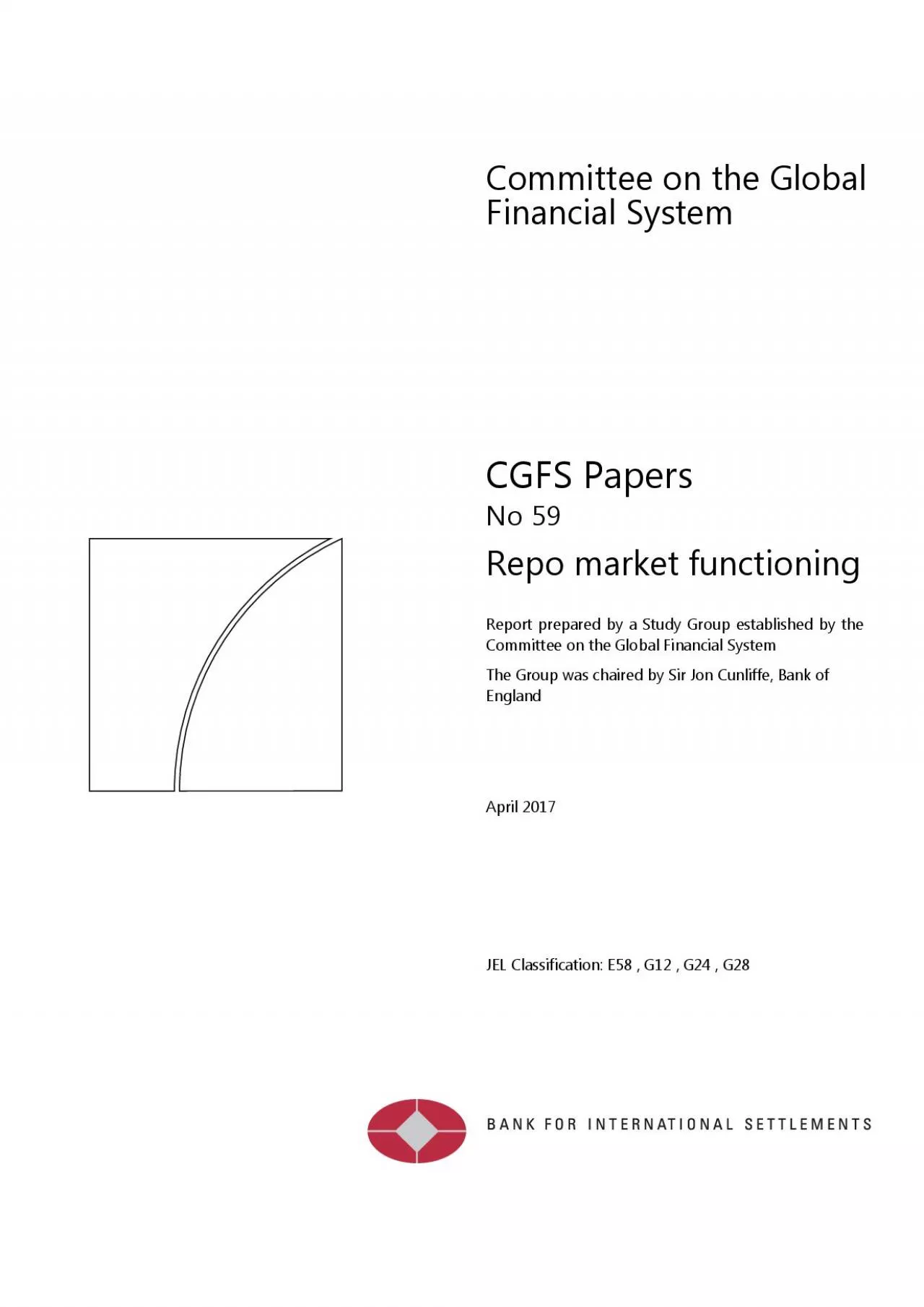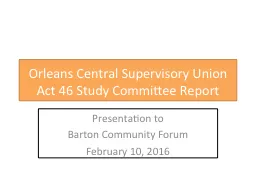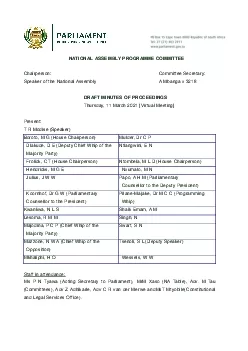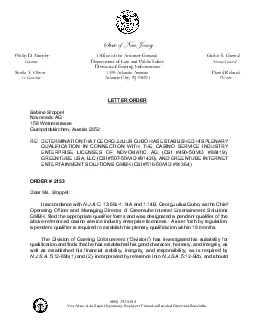PDF-Report prepared by a Study Group established by the Committee on the G
Author : megan | Published Date : 2021-08-04
This publication is available on the BIS website wwwbisorg Bank for International Settlements 2017 All rights reserved Brief excerpts may be reproduced or translated
Presentation Embed Code
Download Presentation
Download Presentation The PPT/PDF document "Report prepared by a Study Group establi..." is the property of its rightful owner. Permission is granted to download and print the materials on this website for personal, non-commercial use only, and to display it on your personal computer provided you do not modify the materials and that you retain all copyright notices contained in the materials. By downloading content from our website, you accept the terms of this agreement.
Report prepared by a Study Group established by the Committee on the G: Transcript
Download Rules Of Document
"Report prepared by a Study Group established by the Committee on the G"The content belongs to its owner. You may download and print it for personal use, without modification, and keep all copyright notices. By downloading, you agree to these terms.
Related Documents














